Heidi (1937 film)
8.6 /10 1 Votes
100% Rotten Tomatoes Genre Family, Drama Duration Country United States | 7.3/10 IMDb Initial DVD release January 29, 2002 Language English | |||||||||||||||||||||||||||||||||
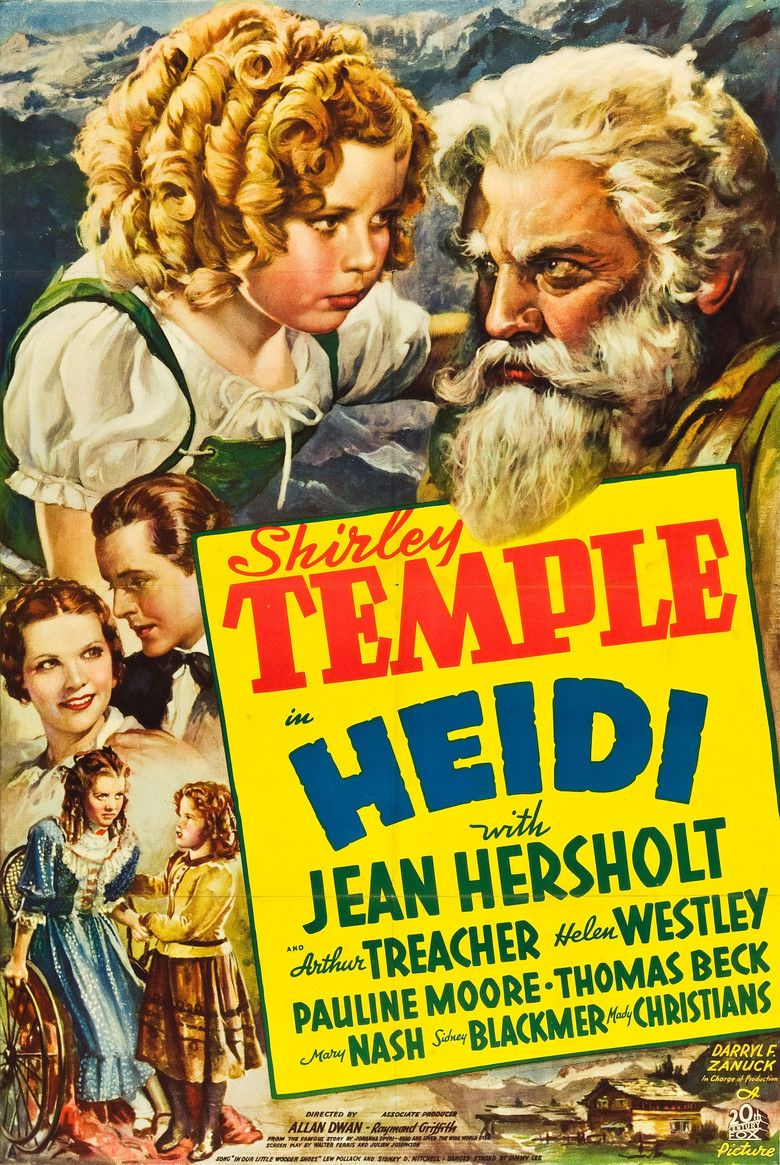 | ||||||||||||||||||||||||||||||||||
Release date October 15, 1937 (1937-10-15) Cast (Heidi Kramer), (Adolph Kramer), (Andrews), (Blind Anna), (Pastor Schultz), Mary Nash (Fraulein Rottenmeier)Similar movies Il Trovatore , Il Trovatore , Il Trovatore , Survivor , Slumdog Millionaire , Salt Tagline Shirley's A Little Swiss Miss In The Loveliest Story of Her Career ! | ||||||||||||||||||||||||||||||||||
Heidi 1937 christmas scenes and silent night
Heidi is a 1937 American musical drama film directed by Allan Dwan and starring Shirley Temple. The screenplay by Julien Josephson and Walter Ferris was based on the 1880 children's story of the same name by Swiss author Johanna Spyri. The film is about an orphan named Heidi (Temple) who is taken from her grandfather (Jean Hersholt) to live as a companion to Klara, a spoiled, crippled girl (Marcia Mae Jones). The film was a success and Temple enjoyed her third year in a row as number one box office draw.
Contents
- Heidi 1937 christmas scenes and silent night
- Heidi 1937 ending scenes
- Plot
- Cast
- Production
- Reception
- References
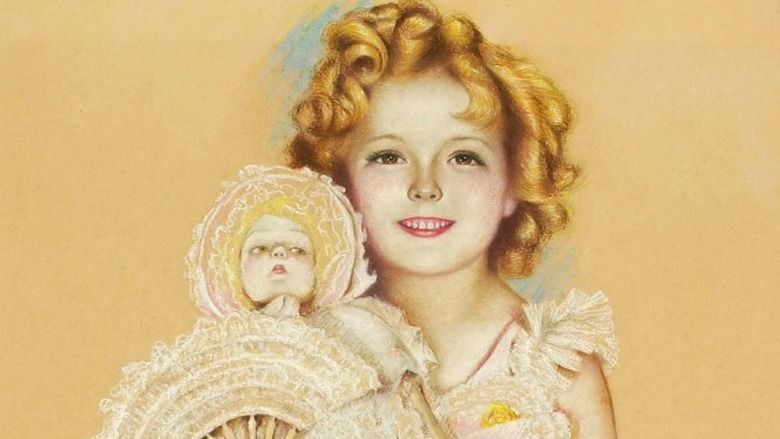
The film is currently available on DVD, which features the original black and white, and newly colorized, versions of it.
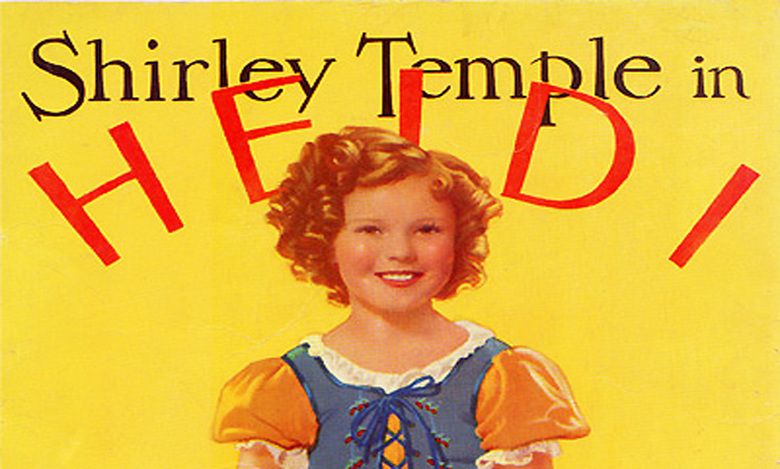
Heidi 1937 ending scenes
Plot
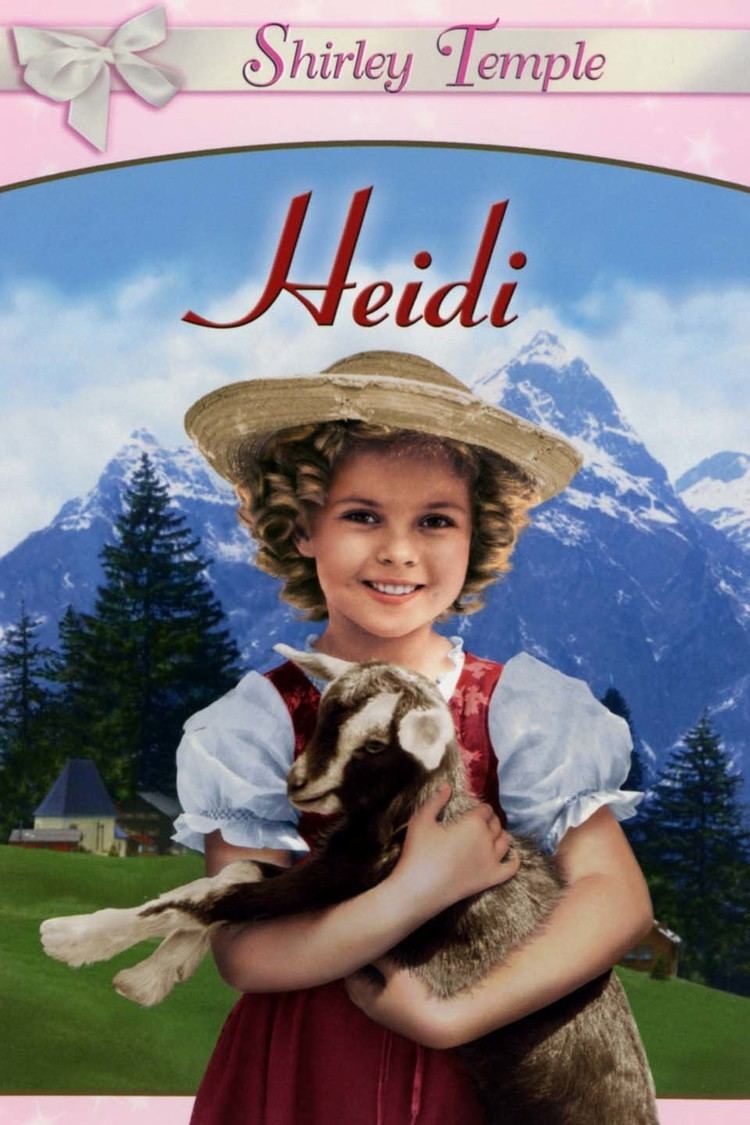
Adelheid, called Heidi (Shirley Temple), is an eight-year-old Swiss orphan who is given by her aunt to her mountain-dwelling grandfather (Jean Hersholt). She is then stolen back by her aunt from her grandfather to live in the wealthy Sesemann household in Frankfurt am Main as a companion to Klara (Marcia Mae Jones), a sheltered, disabled girl in a wheelchair. Heidi is unhappy but makes the best of the situation, always longing for her grandfather. When Klara's body and spirits mend under Heidi's cheerful companionship, the housekeeper (who has tried to keep Klara dependent upon her) tries to get rid of Heidi by selling her to the gypsies but she is stopped by the police. Heidi is rescued and reunited with her grandfather.
Cast
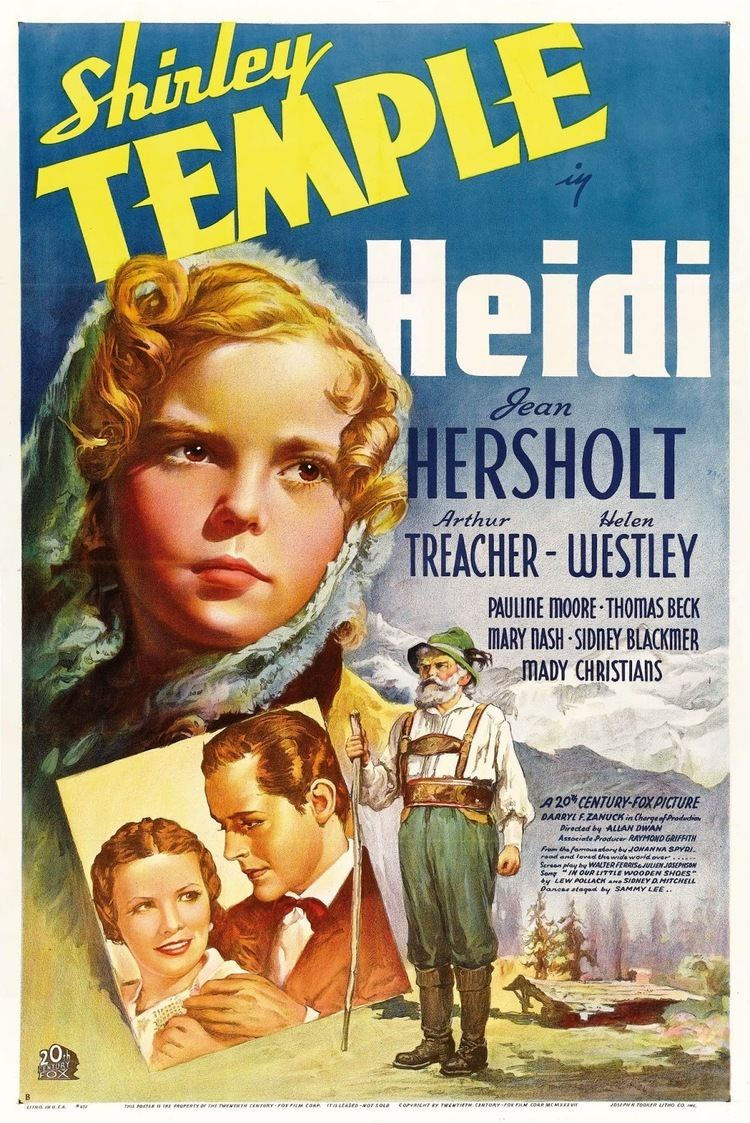
Production
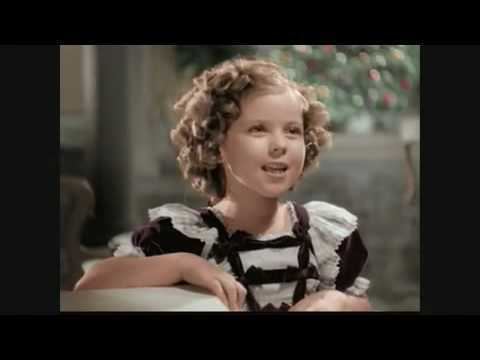
The Alpine scenes were filmed at Lake Arrowhead, California with cast and crew staying in the Lake Arrowhead Hotel or in private chalets. Temple lived in a trailer parked on a hillside and only left it at the very last moment to do her scenes – after her stand-in had finished with lights and sound. Temple had at least eight bodyguards who escorted her to and from the trailer and about the area when necessary.
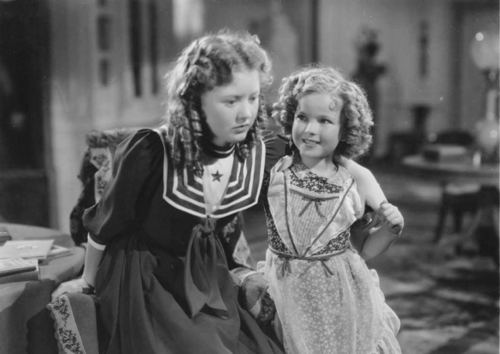
Midway through the shooting of the movie, the dream sequence was added into the script. There were reports that Temple was behind the dream sequence and that she was enthusiastically pushing for it but in her autobiography she vehemently denied this. Her contract gave neither her or her parents any creative control over the movies she was in. While she enjoyed the opportunity to wear braids and to be lifted on high wire, she saw this as the collapse of any serious attempt by the studio to build upon the dramatic role from the previous movie Wee Willie Winkie.
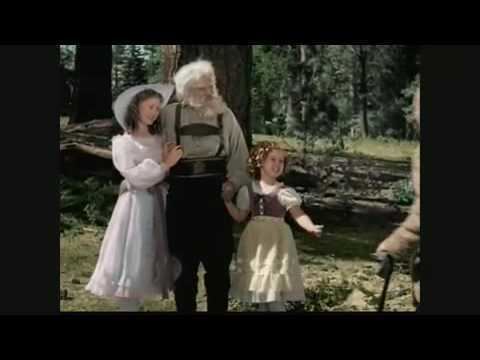
During the scene where Temple's character gets butted by the goat, she initially did the scene herself while completely padded up. After a few takes, however, her mother stepped in and insisted that a double be used. One of the extras, a boy, was dressed up to look like her. The boy's father was so upset over him doubling for a girl that he prohibited him from ever acting again. The double, who was not named, would later share diplomatic duties with Temple in Africa. Temple also had trouble milking the goat. To remedy this, Dwan had a flexible piece of tubing installed in such a way as to make it look as if the goat was being milked.
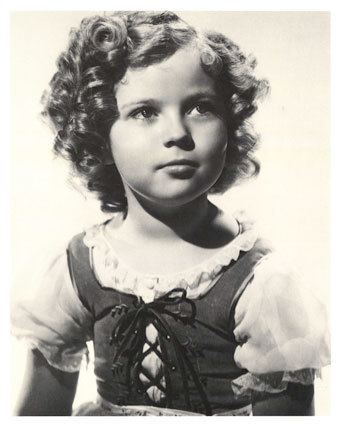
During the making of the movie, director Dwan had new badges made for the Shirley Temple Police Force. This was an informal group thought up by Temple in 1935, which was, as she described "an organized system of obligations from whomever I was able to shanghai into membership." Every child wore one after swearing allegiance and obedience to 'Chief' Temple. Everyone on the set was soon wearing badges with Temple strutting about giving orders to the crew such as "Take that set down and build me a castle." They went along with the game.:111
Temple made one other film in 1937, Wee Willie Winkie. The child actress was growing older and the studio was questioning how much longer she could keep playing "cute" roles when Heidi was filmed, but she retained her position as number one at the box office for the third year in a row.
Reception
Contemporary reviews were generally positive. Frank S. Nugent wrote that the film "contains all the harmless sweetness and pretty pictures one expects to find on the juvenile shelf," and found the supporting cast "quite up to Miss Temple's demanding standard." Variety gave the cast "more than a modicum of credit for making the picture what it is" and singled out Hersholt as "excellent." Harrison's Reports called it "a charming picture" that was "filled with human appeal." "Shirley Temple's latest picture is one of her best," reported Film Daily. "In every way, the picture is grand entertainment with its sweet sentiment, and its socko hilarity is ever a source of rollicking laughter." The Lewiston Evening Journal wrote that Temple had never been given "a more captivating role than that of Heidi," adding, "The story is of the old-fashioned type but we accept it uncritically with its improbabilities, its hectic race at the end, its tears, its laughter - it is so very human in its appeal." John Mosher of The New Yorker was less enthused, writing, "There seems something rather musty and familiar about most of the predicaments in this movie."
The film is recognized by American Film Institute in these lists:
References
Heidi (1937 film) WikipediaHeidi (1937 film) IMDbHeidi (1937 film) Rotten TomatoesHeidi (1937 film) themoviedb.org
